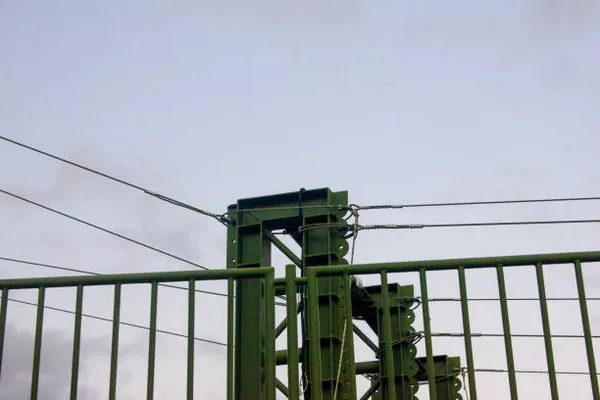Electrical transformers are fundamental devices in power distribution systems, playing a critical role in transmitting electricity efficiently across vast distances while maintaining voltage levels suitable for various applications. To grasp the principles behind these devices, it’s essential to explore how transformers work, their components, types, and their significance in modern electrical engineering.
What is an Electrical Transformer?
An electrical transformer is a static device that transfers electrical energy from one circuit to another through mutual induction between its coils. It consists of two or more windings (coils) linked by a magnetic field. This device is crucial in alternating current (AC) power systems for voltage conversion, isolation, and impedance matching.
Operating Principles
The fundamental principle of a transformer lies in Faraday’s law of electromagnetic induction. This law states that a changing magnetic field induces an electromotive force (EMF) in a conductor. In a transformer, this induction occurs between the primary and secondary windings.
Mutual Induction: When an alternating current (AC) flows through the primary winding, it creates a changing magnetic field around it. This magnetic field passes through the secondary winding, inducing an alternating voltage or EMF in the secondary winding due to mutual induction.
Transformer Action: The core of a transformer, typically made of laminated iron or other ferromagnetic materials, provides a low reluctance path for magnetic flux generated by the windings. This flux links both the primary and secondary windings, facilitating efficient energy transfer.
Transformer Ratio: The ratio of the number of turns in the primary winding (N₁) to the number of turns in the secondary winding (N₂) determines the voltage transformation ratio. According to Faraday’s law, the induced voltage in the secondary winding (V₂) is proportional to the ratio of the number of turns in the windings (N₂/N₁) and the primary voltage (V₁).
Components of a Transformer
Transformers consist of several key components:
Windings: These are insulated copper wire coils wound around a core. The primary winding receives electrical power, while the secondary winding transfers this power to the load.
Core: The core provides a path for magnetic flux generated by the windings. It is typically made of laminated silicon steel to minimize energy losses due to eddy currents.
Insulation: Insulating materials separate the windings and the core to prevent electrical breakdown and ensure safety.
Tank and Cooling System: Large transformers are housed in tanks filled with oil or other insulating fluids to dissipate heat generated during operation.
Types of Transformers
Transformers come in various types based on their applications:
Step-Up and Step-Down Transformers: Step-up transformers increase voltage from the primary to the secondary winding, while step-down transformers decrease voltage.
Distribution Transformers: These transformers are used in power distribution networks to reduce high-voltage power to lower levels suitable for consumer use.
Isolation Transformers: These transformers isolate the output circuit from the input circuit, providing safety and protection against electric shock.
Auto Transformers: These transformers have a single winding tapped at different points to achieve step-up or step-down voltage transformations.
Importance in Power Transmission
The significance of transformers in power transmission cannot be overstated:
Efficient Energy Transfer: Transformers enable efficient transmission of electrical power over long distances by stepping up voltage for reduced current flow, thereby minimizing energy loss in transmission lines.
Voltage Regulation: They ensure that voltage levels are maintained within safe and operational limits throughout the power grid.
Isolation and Safety: Isolation transformers protect against electric shock by preventing direct contact between primary and secondary circuits.
Adaptation to Load Requirements: Transformers adapt voltage levels to meet the specific requirements of industrial, commercial, and residential consumers.
See Also what does oil do in a transformer
Conclusion
In conclusion, electrical transformers are vital devices that facilitate the efficient and safe transmission of electrical power in modern society. Their principle of operation, based on electromagnetic induction and the transformer ratio, underpins their ability to convert voltage levels and adapt electrical energy for various applications. Understanding transformers is essential for anyone involved in electrical engineering, power distribution, or energy management, as they are integral to the functioning of electric grids and industrial systems.

